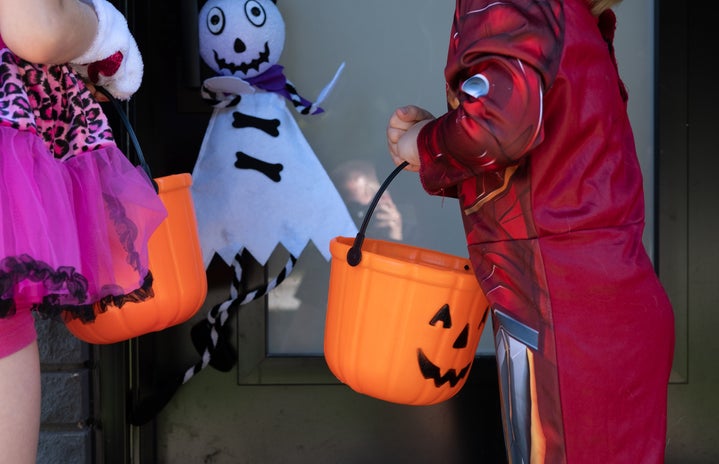Whenever October rolls around, the first thing I do is play Halloween music, wear my favorite cozy clothes, and watch my favorite spooky movies and shows. I don’t tend to watch horror or slasher movies because I’m quite the scaredy cat. However, I can enjoy the genres of children’s horror, mysteries, and speculative fiction without the fear of expecting a jump scare or a gruesome murder scene. For this reason, Goosebumps is my go-to series to enjoy during the autumn season. What is the author’s contribution to the children’s horror genre and why do they continue to be relevant today?
Children’s Horror
There’s a distinction between the traditional horror and children’s horror genres. Traditional horror preys on our inherent fear of the unknown. With disturbing imagery, they remind us of the unpredictability and vulnerability of life. Likewise, children in horror stories focus on disrupting the concept of childhood, which is usually related to purity and innocence. Since children are learning about morals and consequences growing up, it creeps us out as audiences to know that they have the potential to act upon our society’s belief in evil actions without feeling remorse.
Meanwhile, children’s horror tends to subvert these trends, focusing on embracing the unknown. It’s usually tied with puberty and coming of age, giving new perspectives to our fears and our role in society. Since it’s vital for the genre to create a distinction in its stories between fantasy and reality, it helps audiences find humor within traumatic events. So, it’s easy to enjoy monsters like ghouls, witches, vampires, live puppets, zombies, or moving skeletons in these stories knowing that they have no real ability to hurt us. One can embrace that fear in the safety of knowing that it’s all fake. When we think of stories in this genre, we can include Something Wicked This Way Comes by Ray Bradbury, Coraline by Neil Gaiman, Monster House, Hocus Pocus, The Addams Family, Beetlejuice, and Goosebumps, to name a few. But what makes Stine’s stories so special?
Goosebumps’ Cultural Impact
Robert Lawrence Stine began his writing journey in the 1970s under the pen name Jovial Bob Stine. Several years after having finished writing his young adult series Fear Street, Stine launched the Goosebumps series in the 1990s. Since then, his stories have frightened the hearts of many for decades. His stories range from the silly to the bizarre, like the evil ventriloquist dummy named Slappy that causes trouble, or a cuckoo clock with mysterious powers. He has been called the “Stephen King for kids.”
His unique use of cheesy humor and terrifying imagery has been an impactful contribution to the genre. His stories include bright colors, accessible writing, weird concepts, and creative monsters that showcase an appreciation for the spooky and macabre in a humorous way. In an interview with EW, R.L. Stine explained, “We all enjoy scary stories as long as we know it’s not real, and as long as we know we’re safe at the same time.” The charm of children’s horror is the combination of fear and humor, while skillfully allowing the audience to explore tropes like coming of age and maturity in a safe space.
I first encountered his stories by watching the late 90’s tv series Goosebumps on Cartoon Network. After that, I read several of his books and watched several of his films like The Haunting Hour: The Series, Goosebumps movie adaptations, and The Fear Street Trilogy. With each story, one can appreciate his clever writing skills, character development, and storytelling that inspires any writer in this genre. What makes his stories resonate with thousands of children is how realistic the characters are written and the intriguing twists that occur in each story. R. L. Stine continues to publish stories to this day, illustrating his remarkable legacy on children’s horror.


